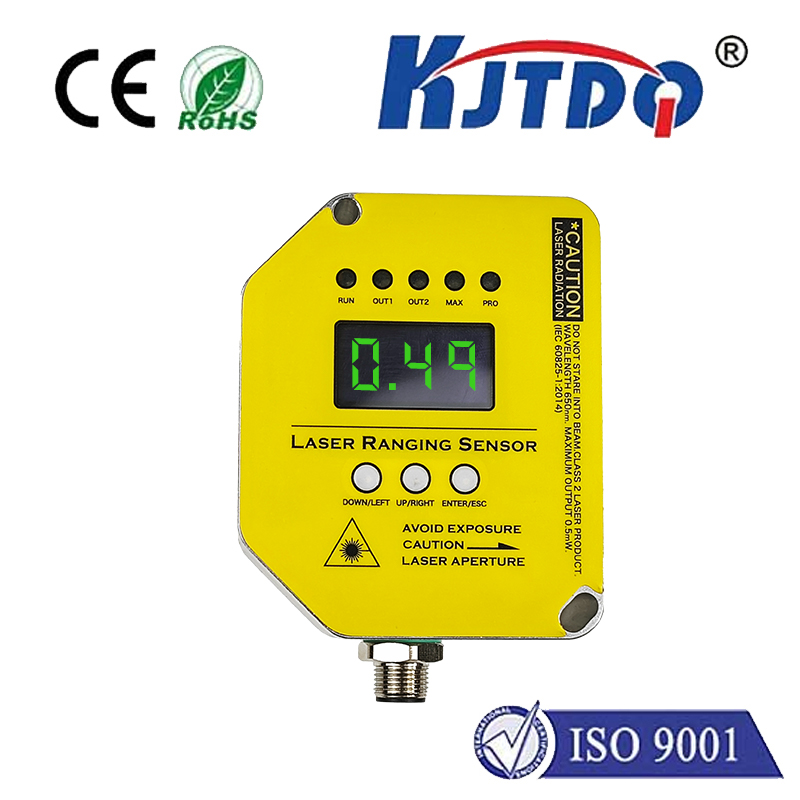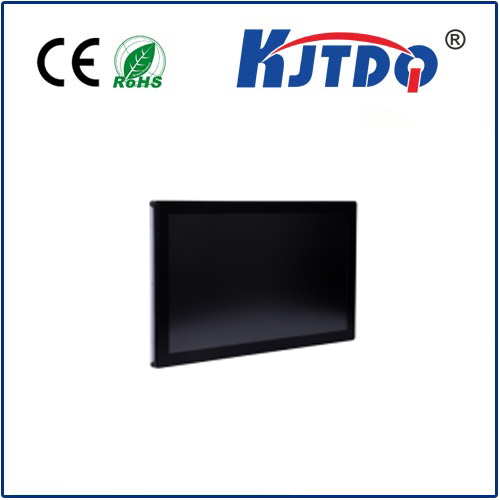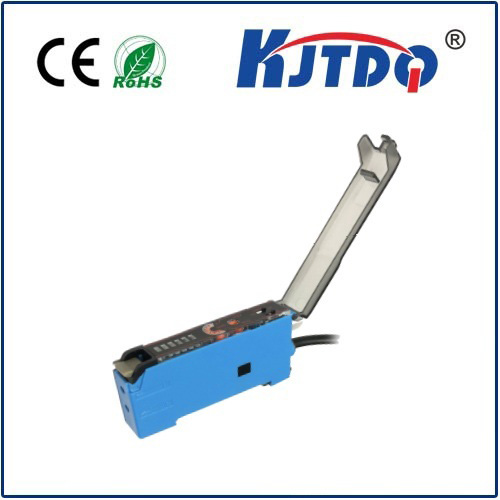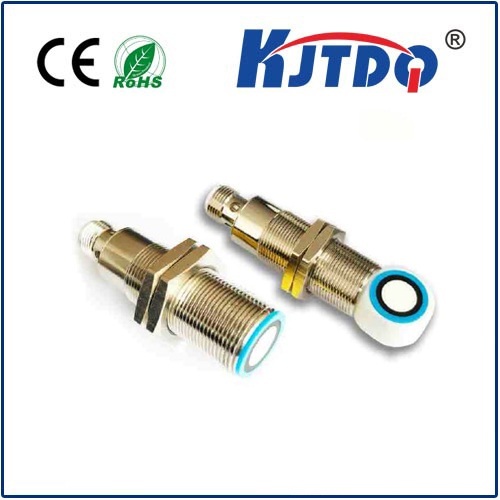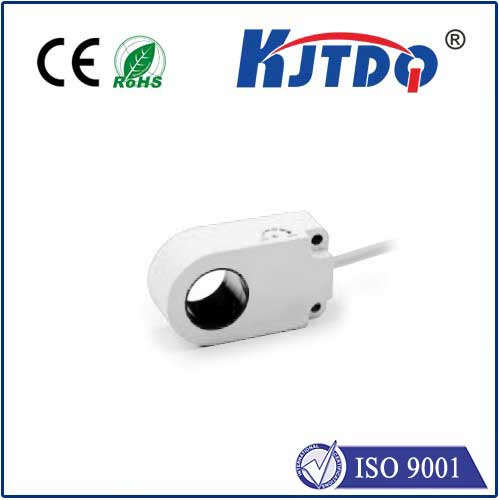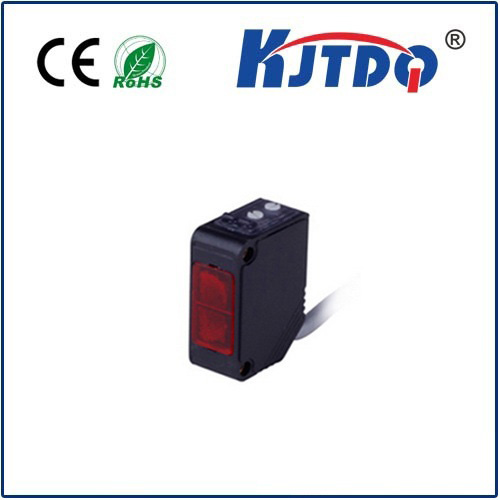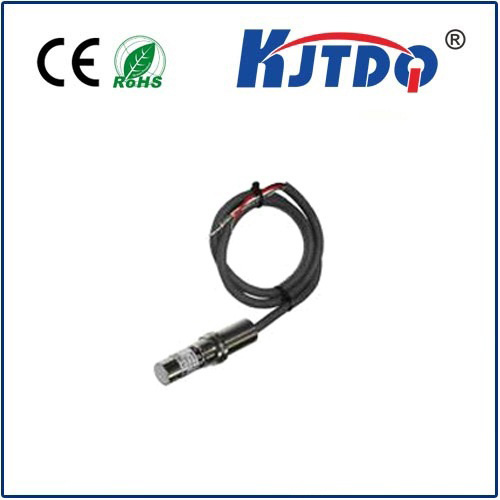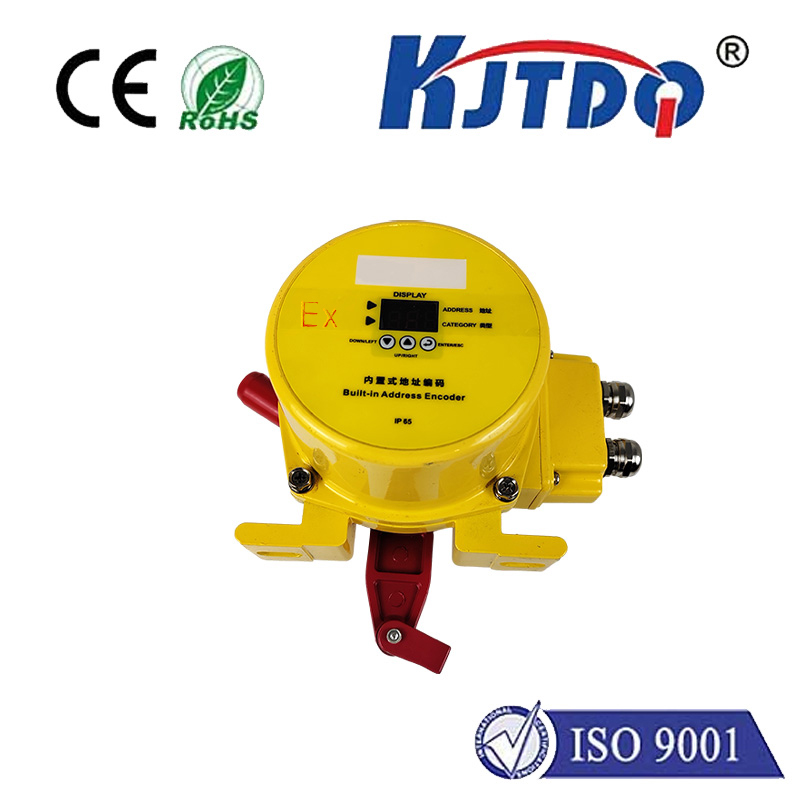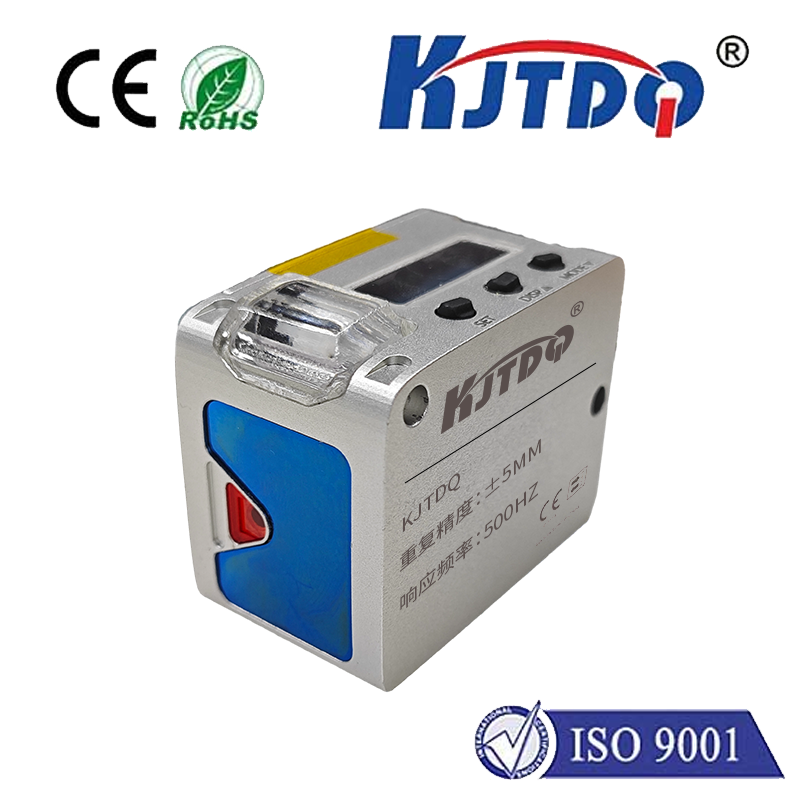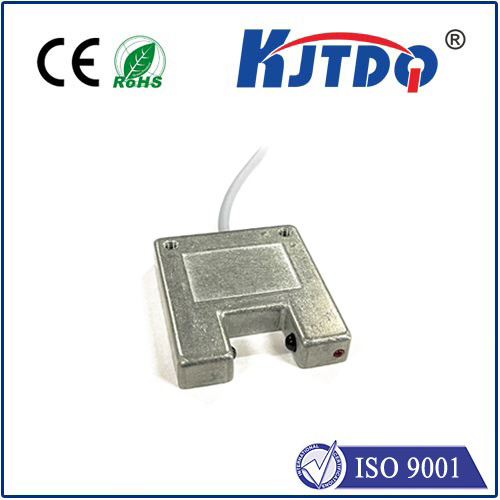
check

check

check

check
Pnp Capacitive Proximity Sensors are becoming increasingly popular in various industrial and consumer applications due to their versatility, reliability, and low power consumption. In this article, we will provide an overview of the technology behind these sensors, their different types, applications, and advantages over other proximity sensor types.
Section 1: What is a Pnp Capacitive Proximity Sensor?
A Pnp Capacitive Proximity Sensor is a type of sensor that uses capacitance to measure the distance between two objects. When two objects come into contact with each other, they cause an electric field to build up around them. The sensor then measures the change in capacitance caused by this interaction and converts it into a voltage signal, which can be used to determine the distance between the objects.
Section 2: Types of Pnp Capacitive Proximity Sensors
There are several types of Pnp Capacitive Proximity Sensors available, each with its own unique features and applications. Some of the most common types include:
* Simplex Pnp Capacitors: These sensors use only one transistor and have a lower cost than dual-transistor sensors. They are often used for simple proximity detection tasks.
* Dual-Transistor Pnp Capacitors: These sensors use two transistors to amplify the input signal and provide more accurate readings. They are commonly used in industrial and commercial applications where precision is important.
* High-Accuracy Pnp Capacitors: These sensors offer high accuracy and resolution, making them ideal for applications such as medical devices and automotive safety systems.
Section 3: Applications of Pnp Capacitive Proximity Sensors
Pnp Capacitive Proximity Sensors have widespread applications in various industries, including:
* Automation and Control Systems: These sensors are used in robots, automated machines, and process control systems to detect the presence of objects or people in certain areas.
* Consumer Electronics: Pnp Capacitive Proximity Sensors are commonly used in touch screen displays, remote controls, and gaming controllers.
* Medical Devices: These sensors are used in medical equipment such as surgical robots, monitoring systems, and patient care devices.
* Automotive Safety Systems: Pnp Capacitive Proximity Sensors are used in collision avoidance systems, blind spot monitoring systems, and parking assist systems.
Section 4: Advantages of Pnp Capacitive Proximity Sensors
Compared to other proximity sensor types such as infrared or magnetic sensors, Pnp Capacitive Proximity Sensors offer several advantages:
* High Accuracy: These sensors provide highly accurate measurements due to their ability to detect subtle changes in capacitance caused by contact between objects.
* Wide Range: Pnp Capacitive Proximity Sensors can detect objects from a wide range of distances, making them suitable for various applications.
* Easy to Use: These sensors are simple to install and require minimal maintenance compared to other types of sensors.
* Low Power Consumption: Pnp Capacitive Proximity Sensors consume very low power, making them energy-efficient and cost-effective for long-term use.
